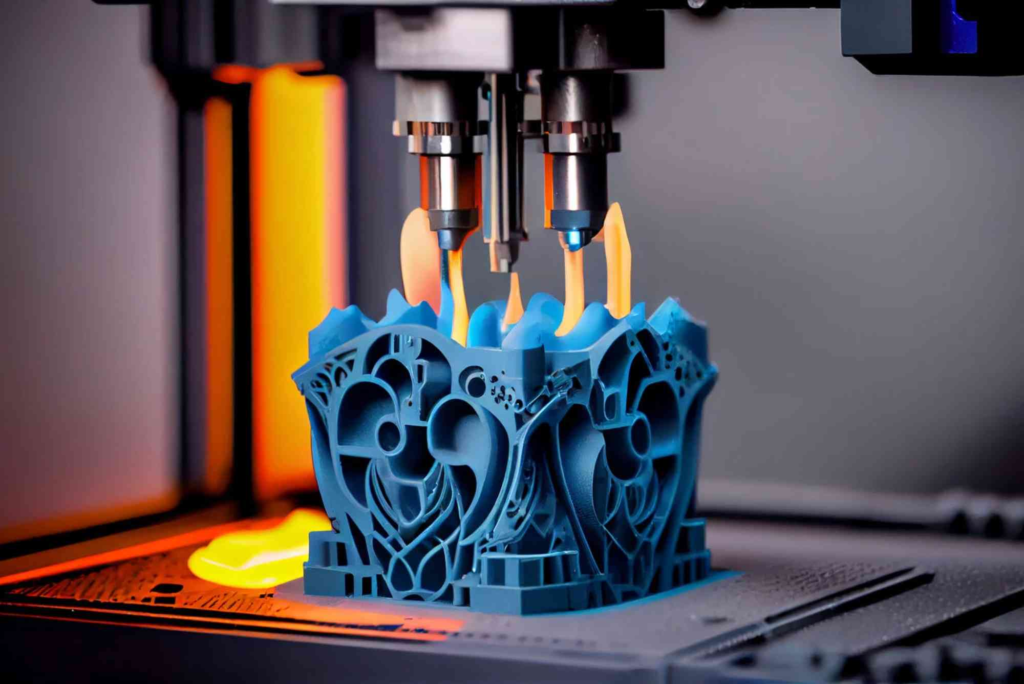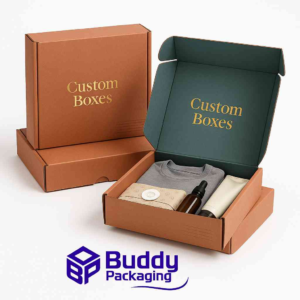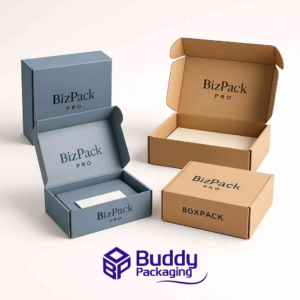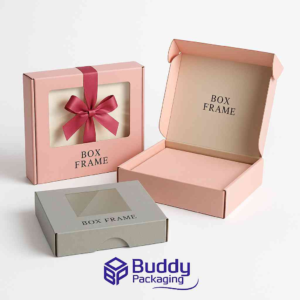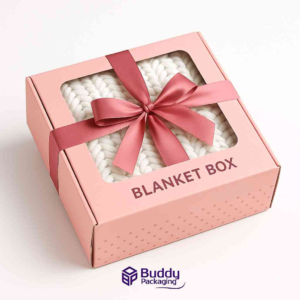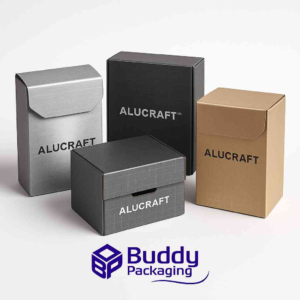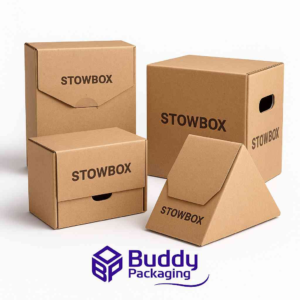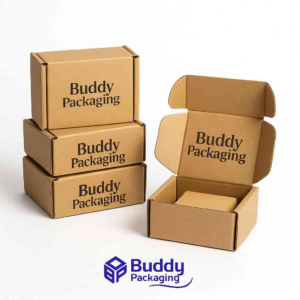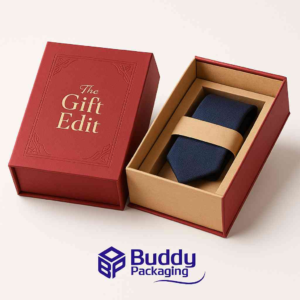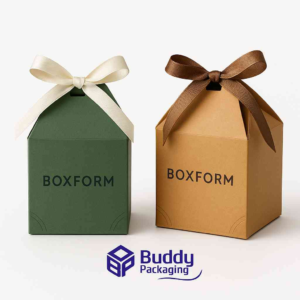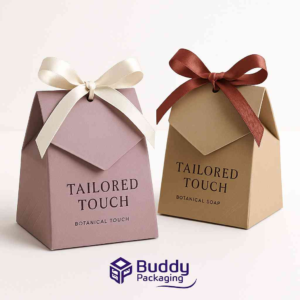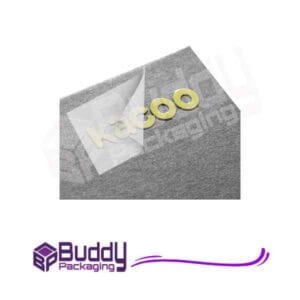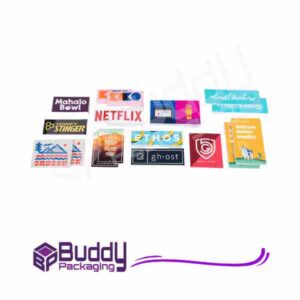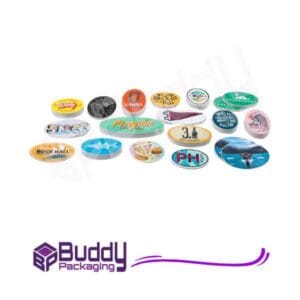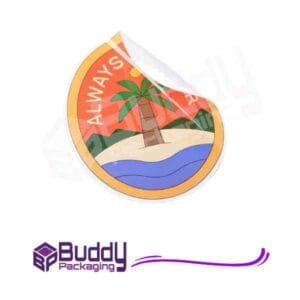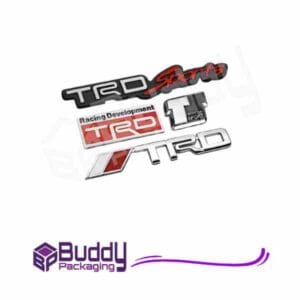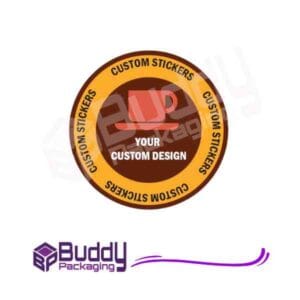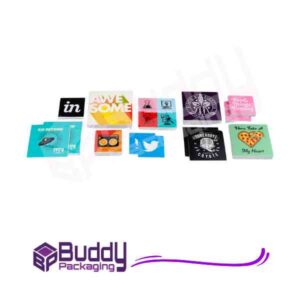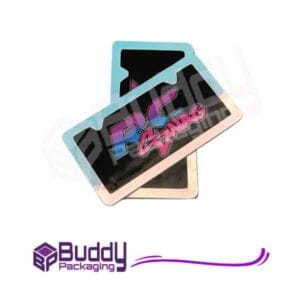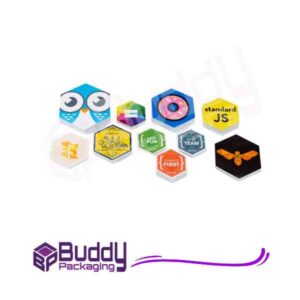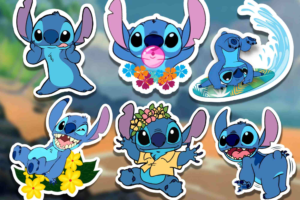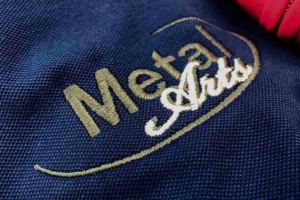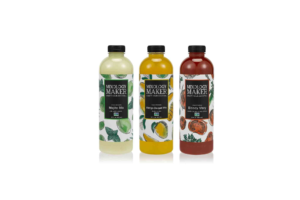3D printing designs have revolutionized how we think about manufacturing, prototyping, and creativity. Whether you’re an entrepreneur, designer, or hobbyist, 3D printing gives you the ability to bring digital concepts into the real world. With more accessible tools and design software, even beginners can produce high-quality prints. In Mountain View and other innovation hubs, 3D printing continues to thrive—driven by education, research, and community makerspaces.
This article will explore the world of 3D printing designs, including how to create them, improve them, and make the most of your projects.
Understanding the Basics of 3D Printing Designs
3D printing designs begin as digital files created with CAD (computer-aided design) or 3D modeling software. These files are then converted into a format the printer can read, typically STL or OBJ files. Once processed by slicing software, the printer builds the object layer by layer.
High-quality 3D printing designs don’t just depend on software. They also require knowledge of materials, printer capabilities, and post-processing techniques. For instance, PLA and ABS plastics have different melting points and durability, which affects how your designs perform.
Why 3D Printing Designs Are Transforming Industries
From healthcare to automotive manufacturing, 3D printing designs allow companies to develop prototypes quickly and cost-effectively. Designers can test new shapes, integrate feedback, and produce iterations without expensive tooling. For example, Mountain View’s tech sector relies heavily on rapid prototyping to maintain its competitive edge.
In education, 3D printing is also teaching students problem-solving, engineering, and design thinking. Even artists and entrepreneurs are using 3D printing to produce sculptures, jewelry, and consumer goods. The flexibility is unparalleled compared to traditional methods.
How to Create High-Quality 3D Printing Designs
Start With the Right Software
Choosing a good 3D modeling software shapes the quality of your design. Tools like Fusion 360, Blender, and Tinkercad offer different levels of complexity. Beginners often start with Tinkercad for its intuitive interface, while professionals use Fusion 360 for precision engineering.
Optimize for Printing
A good design considers not only aesthetics but also printability. This means minimizing overhangs, ensuring structural integrity, and using the right layer thickness. Support structures may be required for complex shapes. Always test with a small prototype before committing to a full-size print.
Select the Right Material
Different projects call for different materials. PLA is ideal for decorative or simple parts. ABS offers more durability and heat resistance. Advanced users experiment with flexible filaments or even metal-infused plastics for specialty applications.
3D Printing Designs in Mountain View’s Innovation Scene
Mountain View is synonymous with technology and innovation. Local makerspaces and labs provide access to advanced 3D printers and design software. These spaces encourage collaboration between designers, engineers, and entrepreneurs. Whether it’s a new wearable device or a prototype for a startup, Mountain View’s community continues to push the boundaries of what’s possible in 3D printing designs.
Many local businesses even incorporate sustainability into their 3D printing processes by recycling filament or experimenting with biodegradable materials. This mindset resonates strongly with eco-conscious consumers and tech-forward companies alike.
Common Challenges in 3D Printing Designs and How to Overcome Them
Designers often encounter issues such as warping, layer separation, or poor surface quality. These can stem from incorrect settings, unsuitable materials, or insufficient supports.
To address these challenges, start by calibrating your printer regularly and ensuring your bed is level. Experiment with different infill percentages, layer heights, and print speeds. With patience, your designs will improve dramatically.
Post-processing techniques like sanding, painting, and sealing can also enhance the appearance of your prints. This adds a professional finish and improves durability.
Inspiring Ideas for 3D Printing Designs
The possibilities for 3D printing designs are endless. Designers are creating custom phone cases, intricate architectural models, and even functional household tools. Some hobbyists experiment with cosplay props or custom board game pieces.
By thinking beyond the basics, you can blend utility and creativity in a single print. For instance, try creating modular designs that can be assembled after printing, or explore lattice structures that balance strength and lightness.
If you’re working on product packaging, consider exploring custom packaging solutions or browsing packaging design inspiration to integrate 3D-printed elements into your branding strategy. If you’re nearby, visit the Buddy Packaging Location to learn more.
The Future of 3D Printing Designs
With advances in multi-material and metal 3D printing, designs are becoming more complex and functional. We’re also seeing a rise in AI-driven generative design, which creates optimized shapes impossible to achieve through traditional methods.
In Mountain View and other tech hubs, these innovations are accelerating product development. We’re moving toward a future where mass customization is the norm, and every consumer can personalize their products before printing.
FAQs About 3D Printing Designs
What software is best for creating 3D printing designs?
Tinkercad is beginner-friendly, while Fusion 360 and Blender are better for advanced designs. The right software depends on your skill level and project needs.
How can I make my 3D printing designs stronger?
Increase infill density, use thicker walls, and choose stronger materials such as ABS or PETG. Post-processing, like annealing, also improves strength.
What are common mistakes in 3D printing designs?
Beginners often create overhangs without supports or fail to check tolerances. Always preview your model in a slicer to avoid these mistakes.
Can 3D printing designs be used for commercial products?
Yes, many startups and established brands use 3D printing to produce prototypes and even final products. This reduces time-to-market and tooling costs.
How do I find inspiration for new 3D printing designs?
Browse online communities, forums, or design galleries. Many designers share files for free or for purchase, which can spark your creativity.
Start Creating Your 3D Printing Designs Today
3D printing designs are at the forefront of innovation, giving individuals and companies alike the power to create unique, functional products. Whether you’re in Mountain View or anywhere else in the world, the tools are accessible, the learning curve is manageable, and the possibilities are endless.

